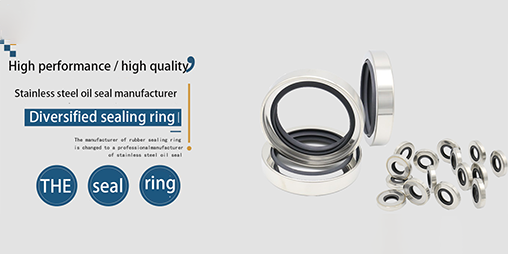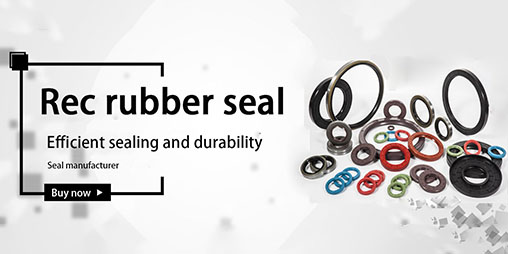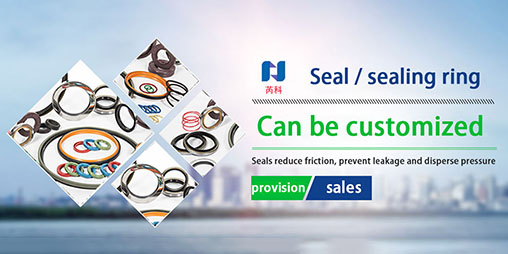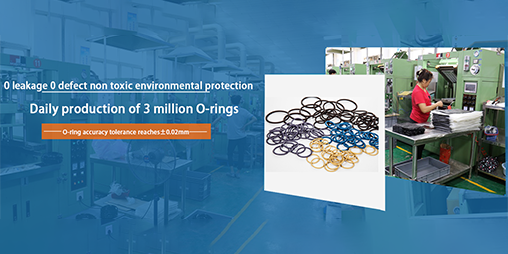chemical property
Atmospheric aging resistance: radiation resistance and low permeability: the surface and properties remain unchanged after long-term exposure to the atmosphere.
Incombustibility: the oxygen limiting index is below 90.
Acid and alkali resistance: insoluble in strong acids, strong bases and organic solvents (including magic acid, i.e. fluoroantimony sulfonic acid).
Oxidation resistance: it can resist the corrosion of strong oxidant.
Acid base: neutral.
physical property
Density: 2.1 – 2.3 g / cm ³;
Polytetrafluoroethylene has soft mechanical properties. It has very low surface energy.
Polytetrafluoroethylene (F4, PTFE) has a series of excellent service properties: high temperature resistance - long-term service temperature of 200 ~ 260 degrees, low temperature resistance - it is still soft at - 100 degrees; Corrosion resistance - resistant to aqua regia and all organic solvents; Weather resistance - the best aging life in plastics; High lubrication - with the smallest friction coefficient in plastics (0.04); Inviscid - having the smallest surface tension in a solid material without adhering to any substance; Non toxic - physiologically inert; Excellent electrical performance. It is an ideal class C insulating material. A thick layer of newspaper can block 1500V high voltage; Smoother than ice. Polytetrafluoroethylene materials are widely used in important departments such as national defense, military industry, atomic energy, petroleum, radio, electric machinery, chemical industry and so on. Products: polytetrafluoroethylene bars, tubes, plates, turning plates. Polytetrafluoroethylene is a polymer of tetrafluoroethylene. The English abbreviation is PTFE. The structural formula is: CF3 (cf2cf2) NCF ₃. It was discovered in the late 1930s and put into industrial production in the 1940s. The relative molecular weight of polytetrafluoroethylene is large, ranging from hundreds of thousands to more than 10 million, generally millions (the degree of polymerization is 104, while that of polyethylene is only 103). Generally, the crystallinity is 90 ~ 95% and the melting temperature is 327 ~ 342 ℃. CF2 units in polytetrafluoroethylene molecules are arranged in zigzag shape. Because the radius of fluorine atoms is slightly larger than that of hydrogen, the adjacent CF2 units cannot be completely trans oriented, but form a helical twisted chain, and the fluorine atoms almost cover the surface of the whole polymer chain. This molecular structure explains the various properties of polytetrafluoroethylene. When the temperature is lower than 19 ℃, 13 / 6 helix is formed; The phase transition occurs at 19 ℃, and the molecules are slightly untied to form a 15 / 7 helix.
Although the breaking of carbon carbon bond and carbon fluorine bond in perfluorocarbons needs to absorb energy of 346.94 and 484.88kj/mol respectively, the depolymerization of polytetrafluoroethylene to produce 1mol tetrafluoroethylene only needs energy of 171.38kj. Therefore, during high temperature cracking, polytetrafluoroethylene is mainly depolymerized into tetrafluoroethylene. The weight loss rate (%) of polytetrafluoroethylene at 260 ℃, 370 ℃ and 420 ℃ is 1 per hour respectively × 10-4.4 × 10-3 and 9 × 10-2。 It can be seen that PTFE can be used for a long time at 260 ℃. As highly toxic by-products such as fluorophosgene and perfluoroisobutylene are also produced during high-temperature cracking, special attention should be paid to safety protection and prevent polytetrafluoroethylene from contacting open fire.
mechanical property
Its friction coefficient is very small, only 1 / 5 of that of polyethylene, which is an important feature of perfluorocarbon surface. Due to the very low intermolecular force between fluorine and carbon chain, polytetrafluoroethylene is not viscous.
Polytetrafluoroethylene maintains excellent mechanical properties in a wide temperature range of - 196 ~ 260 ℃. One of the characteristics of perfluorocarbon polymer is that it remains brittle at low temperature.
Chemical and weather resistance
PTFE is hardly corroded by any chemical reagent except molten alkali metal. For example, when boiled in concentrated sulfuric acid, nitric acid, hydrochloric acid or even aqua regia, its weight and properties do not change, and it is almost insoluble in all solvents. It is only slightly soluble in total alkanes (about 0.1g / 100g) above 300 ℃. Polytetrafluoroethylene is non hygroscopic, non combustible, extremely stable to oxygen and ultraviolet light, so it has excellent weather resistance.
Polytetrafluoroethylene heat exchanger is a new type of chemical equipment. Because the corrosion resistance of polytetrafluoroethylene is better than that of many alloys, non metals and even precious metals, this kind of equipment is of great significance to solve the heat exchange problem of highly corrosive fluid materials such as pharmaceutical industry and petrochemical industry. Polytetrafluoroethylene heat exchange equipment is developed by Zhengzhou University of technology under the situation that China's industry needs a large number of materials without impurities to condense and lacks corrosion-resistant and high cleanliness heat exchange materials.
This equipment greatly improves the corrosion resistance of heat exchange equipment and the cleanliness of heat exchange medium. It is widely used in petrochemical industry, sulfuric acid, medicine, electroplating, light industry and other fields.
电性能
The dielectric constant and dielectric loss of PTFE are very low in a wide frequency range, and the breakdown voltage, volume resistivity and arc resistance are high。
耐辐射性能
The radiation resistance of polytetrafluoroethylene is poor (104 RAD), which is degraded by high-energy radiation, and the electrical and mechanical properties of the polymer are significantly reduced.
聚合
Polytetrafluoroethylene is formed by free radical polymerization of tetrafluoroethylene. Industrial polymerization is carried out by stirring in the presence of a large amount of water to disperse the reaction heat and facilitate the control of temperature. Polymerization is generally carried out at 40 ~ 80 ℃, 3 ~ 26 kgf / cm2 pressure. Inorganic persulfate and organic peroxide can be used as initiators, or redox initiator system can be used. The heat release per mole of tetrafluoroethylene polymerization is 171.38kj. For dispersion polymerization, perfluorinated surfactants such as perfluorooctanoic acid or its salts must be added.
膨胀系数
(25~250℃)10~12×10-5/℃










